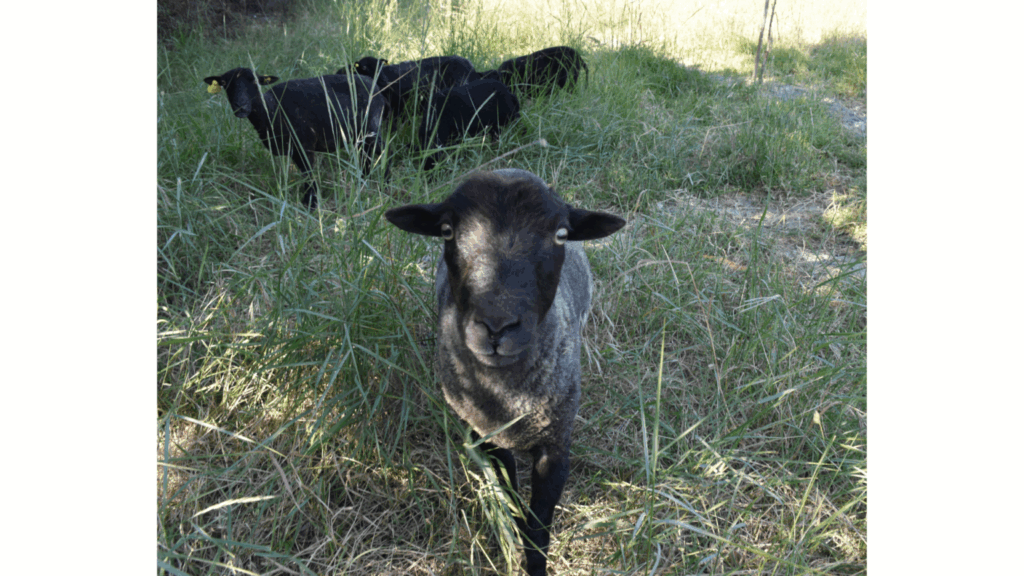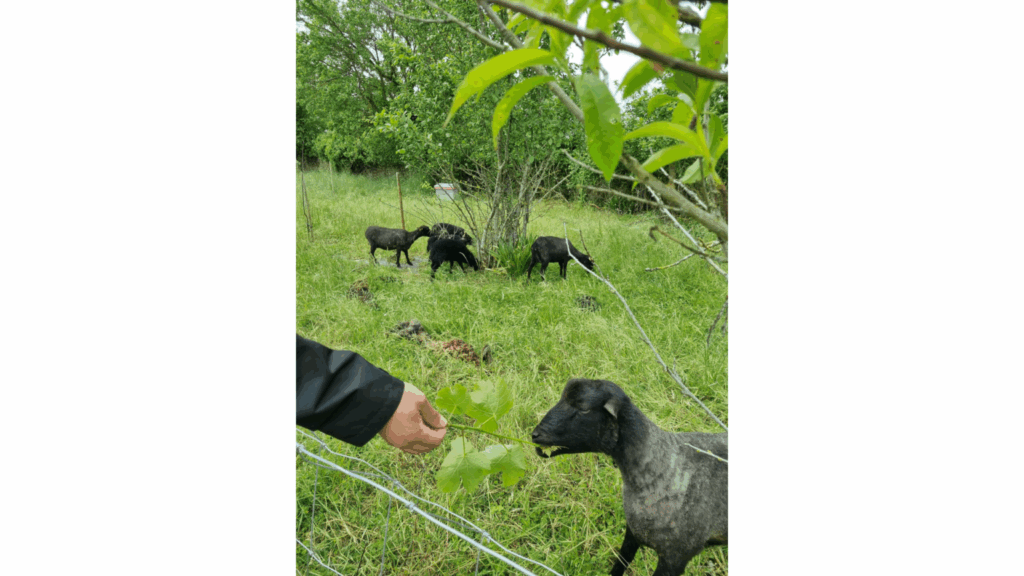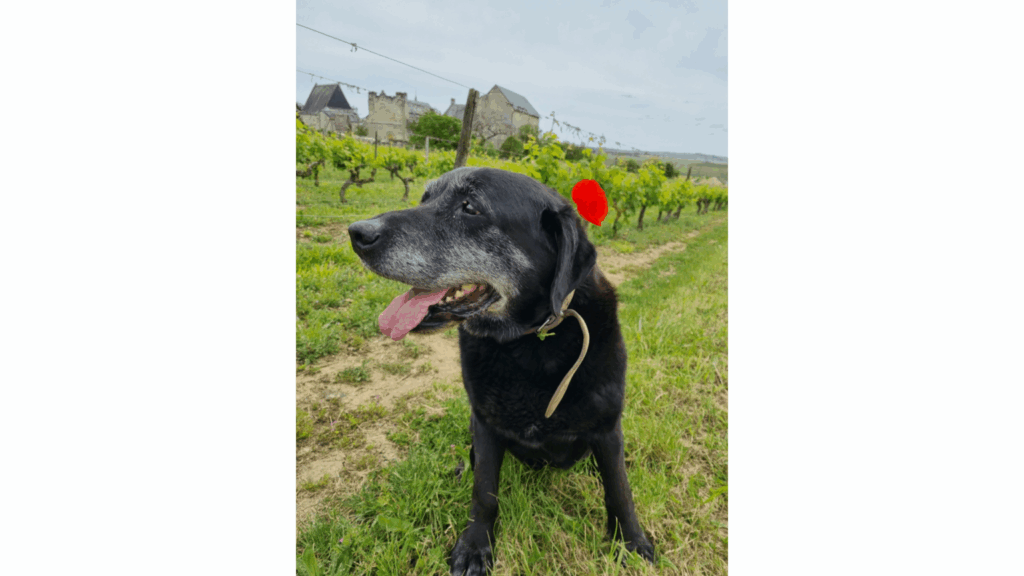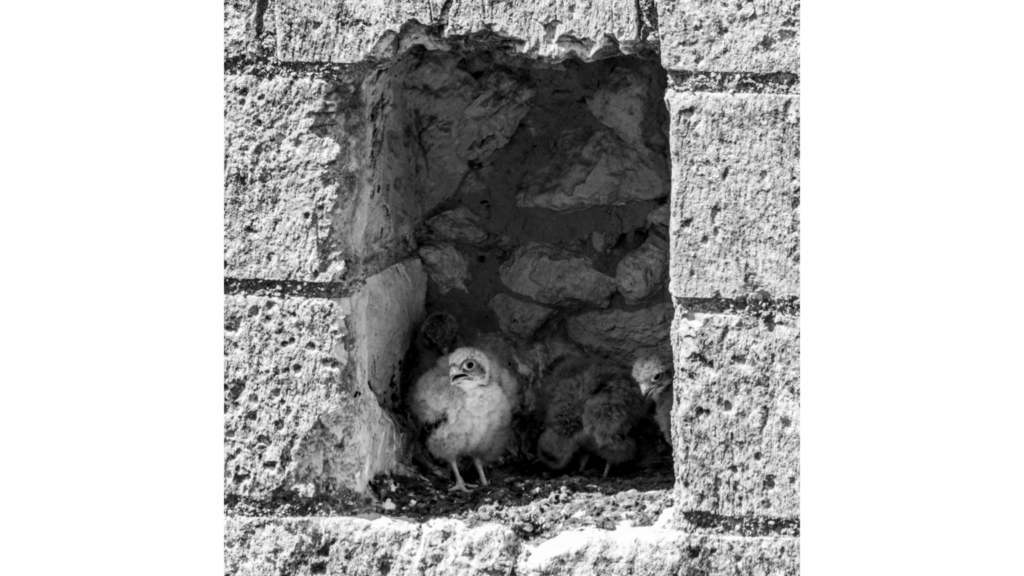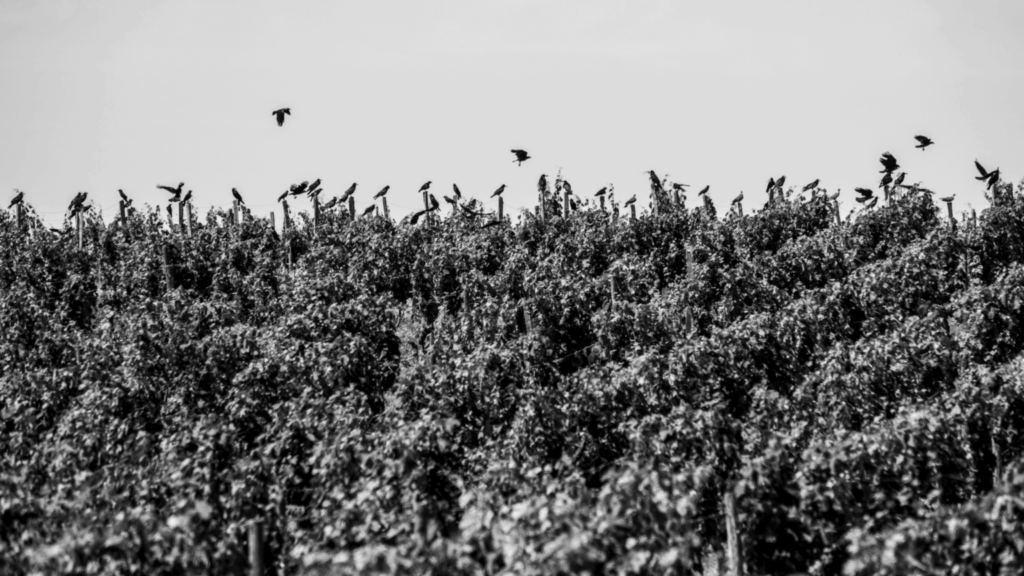The Berrye Vineyard:
Living soil and ancestry
Winemaking is an ancestral art in Berrie. Vines have been cultivated here for over 800 years on an exceptional terroir with the emblematic bedrock of great Saumur wines: tuffeau. Today, 13 hectares of organically farmed Chenin, Cabernet Franc, and Cabernet Sauvignon vines surround the old medieval Fortress, allowing for the creation of authentic wines that reflect the expertise and millennial terroir of the Berrye estate.


Living soil culture
Officially certified organic since 2024, the Berrye Fortress estate is rich in great biodiversity. Gilles, a trained agronomist and agricultural engineer, strives to make life a priority within the vineyard. Permaculture, agroforestry, eco-grazing, and beekeeping are at the heart of the estate’s initiatives and philosophies.
To date, the estate has a flock of eight Ouessant sheep, a dozen beehives, and over 1500 trees and shrubs planted in agroforestry (walnut, almond trees, etc.). In addition, the site and its troglodyte galleries provide a wonderful natural habitat for fauna and flora. One can notably see numerous colonies of bats that have taken up residence in the underground passages, as well as a great diversity of birds nesting among the old stones of the building.
Biodiversity!
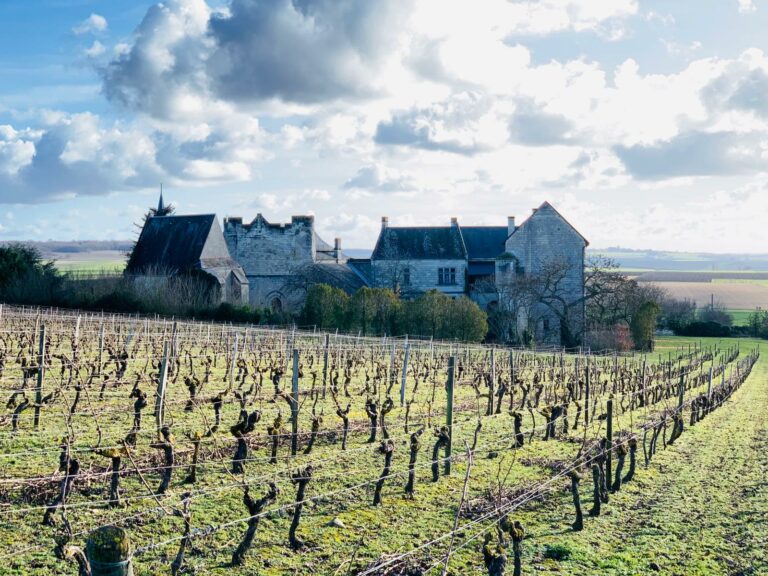
Terroir identity
Preserving biodiversity also means preserving the place and its identity. Nestled on a hill, the Berrye Fortress estate has a unique terroir. Its plots, mostly on south/south-west facing hillsides, expose the Turonian tuffeau bedrock. The surface alteration of the chalk has resulted in light, clay-sandy soils, known as “terres blanches” (white lands), typical of Anjou blanc. There are also pockets of clay with flint, siliceous residues from the erosion of the tuffeau, which mix with the sands and clays, enriching the diversity of the soils. The limestone slopes of Berrie, crowned with woods and dotted with caves in the hillside, offer a characteristic wine landscape. The “tuffeau-chalk,” a porous stone historically used for the construction of Loire châteaux and monuments, provides excellent soil drainage and gives the wine great depth and verticality.
The estate's grape varieties
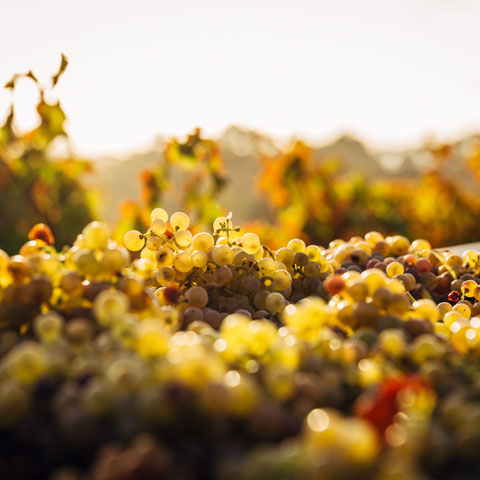
Chenin
On our tuffeau hillsides, Chenin reveals all its Loire nobility. The soft, chalky limestone drains water deep down; the vine, slightly challenged, draws juice and nutrients from the heart of the rock. The result: a lively freshness, ripe citrus, sometimes a hint of quince, and, above all, that saline, chalky backbone that marks the great tuffeau Chenins. On the palate, the balance between mineral tension and generous body extends the finish and calls for food.
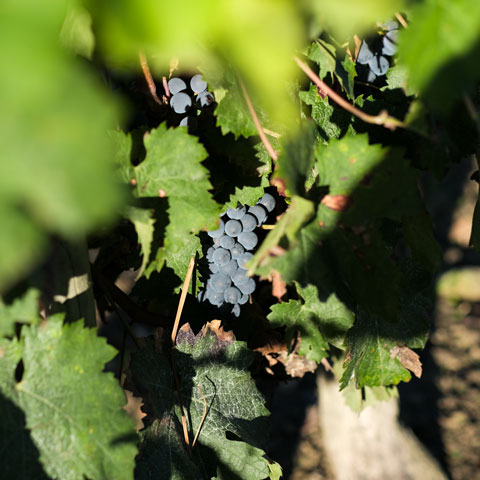
Cabernet Franc
Cabernet Franc finds an ideal playground here. The porosity of the tuffeau stores heat during the day and releases it at night, promoting full phenolic ripeness without excessive alcohol. The grapes develop aromas of crisp red fruits with peppery and floral notes. The tannins, polished by the limestone, are fine and velvety; they emphasize the typical freshness of Saumur Cabernets while maintaining a beautiful length.
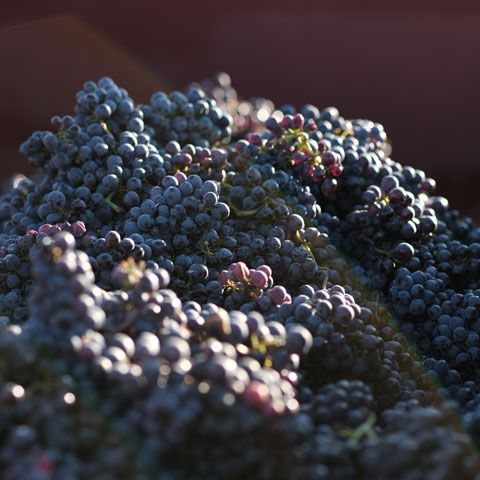
Cabernet Sauvignon
A legacy of our predecessor Jacques Pareuil, Cabernet Sauvignon, more southern in nature, gains elegance on our tuffeau soils. The less fertile rock naturally limits vigor; yields are low, and concentration is high. The small berries, full of sunlight, deliver aromas of blackcurrant, blackberry, and graphite. The tight tannins become more refined, polished by the limestone influence; they give the wine a straight but never austere structure, thanks to the mineral freshness characteristic of our terroir.

Come and visit us:
we look forward to seeing you at the estate
Would you like to visit the Berrye Fortress, taste the estate’s wines, or simply ask us a question? You can come to the Fortress or contact us directly:
2 rue du Château, 86120 Berrie
06 08 74 16 70
Opening hours: daily, from 10 a.m. to 6 p.m.

